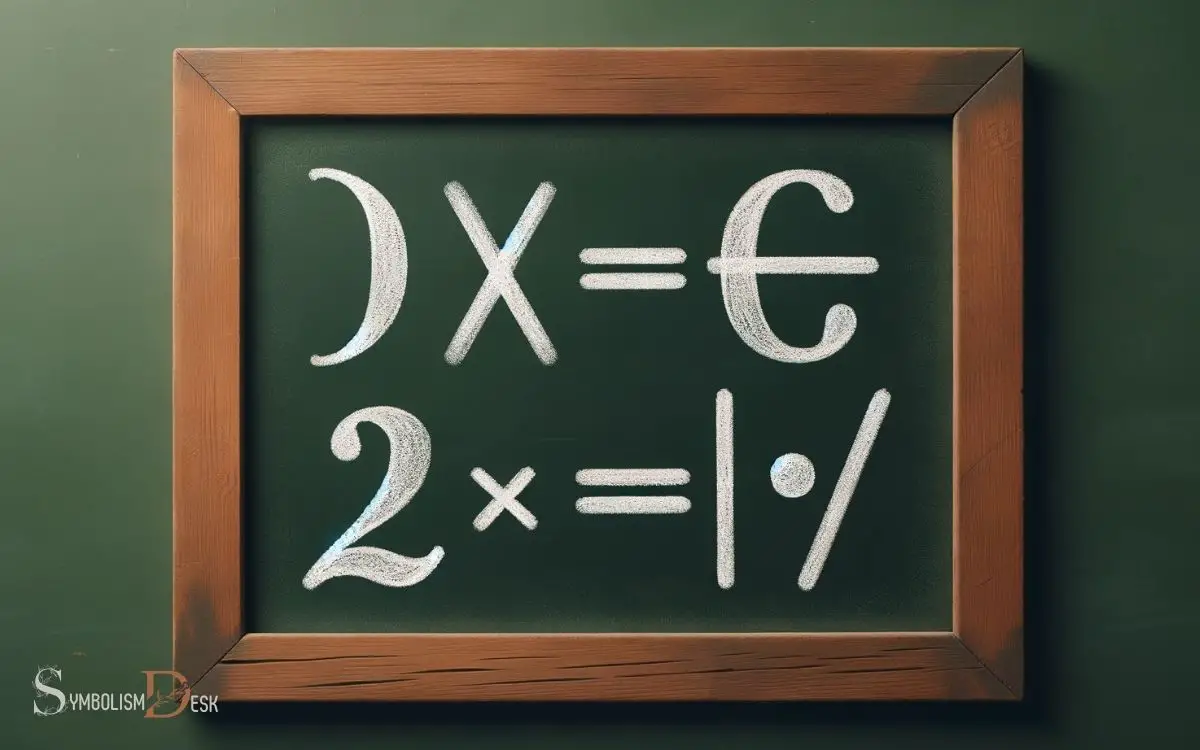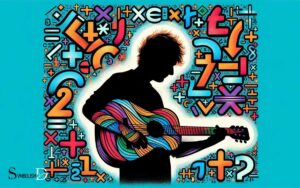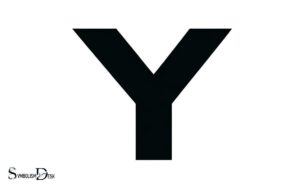Symbols for Division in Math: Ratio!
In mathematics, the division operation can be denoted by several symbols, each with distinct uses and appearances.
The most commonly used division symbols are the forward slash (/), the obelus (÷), the fraction bar (—), the division slash (⁄), the colon (:), indicating a ratio, and the long division symbol, also known as the division box.
These symbols facilitate the clear communication of mathematical operations across various levels of math education and professional fields.
Division symbols are integral to mathematical notation and vary depending on the context:
For example, the expression 8 ÷ 2 can also be written as 8/2, 8:2, or as a fraction with 8 as the numerator and 2 as the denominator.
Each division symbol has a unique role in mathematical expressions, aiding clarity and precision in problem-solving.

Key Takeaway
The Forward Slash (/)
The forward slash (/) is commonly used to denote division in mathematical equations. This symbol is widely recognized and used in everyday mathematics.
For example, in the expression 10/2, the forward slash indicates that 10 is to be divided by 2. It is important to note that the number before the slash is the dividend, and the number after the slash is the divisor.
When performing calculations, the forward slash is a clear indicator of the operation to be carried out. However, in more complex equations, it is essential to ensure that the placement and interpretation of the forward slash are precise to avoid errors.
Understanding the usage of the forward slash is fundamental before delving into other division symbols, such as the obelus (÷).
The Obelus (÷)
The obelus, represented by the symbol ÷, has a rich historical significance in mathematics. Its origins and usage date back to ancient civilizations, and it continues to be recognized as a traditional symbol for division.
However, in modern mathematics, alternative symbols and notations for division have emerged, challenging the widespread use of the obelus.
Obelus Origins and Usage
An important symbol used for division in mathematics is the obelus (÷), which has a rich history and specific applications in mathematical notation.
The obelus, also known as the division sign, is believed to have originated from the Greek word “obelos,” meaning a sharpened stick. It has been used since the 17th century to represent division in arithmetic and algebraic expressions.
The obelus is also utilized in modern typography to indicate the end of an article or section in a document. In mathematical notation, the obelus is a widely recognized symbol for denoting division operations.
Below is a table summarizing the key aspects of the obelus in mathematical usage:
| Aspect | Description |
|---|---|
| Symbol | ÷ |
| Origin | Greek word “obelos,” meaning a sharpened stick |
| Usage | Division operations in arithmetic and algebraic expressions |
| Typography | Also used to indicate the end of an article or section |
Understanding the origins and usage of the obelus is crucial for appreciating its historical significance in math.
Historical Significance in Math
Historically, the obelus symbol (÷) has been infrequently questioned in its role as a key division notation in mathematics. Its origin can be traced back to the 17th century when it was first used in Johann Rahn’s book “Teutsche Algebra.”
The obelus, often referred to as the division sign, has contributed significantly to the development and standardization of mathematical notation.
However, its historical significance is not without debate. Some scholars argue that its use as a division symbol has led to misconceptions about the nature of division, particularly in its association with fractions.
Despite these contentions, the obelus remains ingrained in mathematical communication, serving as a fundamental symbol for denoting division in arithmetic and algebraic expressions.
Understanding its historical context provides valuable insights into the evolution of mathematical notation and its impact on pedagogy.
Modern Alternatives to Obelus
Having evaluated the historical significance of the obelus symbol for division in mathematics, a shift towards modern alternatives is gaining traction in educational settings and mathematical discourse.
One such alternative is the use of the forward slash (/) symbol. Widely recognized and easily accessible on keyboards, the forward slash offers a practical and straightforward representation of division.
Another modern alternative is the use of the fraction bar, which provides a clear visual representation of division and is extensively used in mathematical notation.
These modern alternatives to the obelus symbol serve to simplify mathematical expressions and enhance understanding, especially in digital and educational contexts.
The Fraction Bar
The fraction bar signifies the division of one quantity by another in mathematical expressions and equations. It is a horizontal line that separates the numerator (the top number) from the denominator (the bottom number).
Fractions are a fundamental part of mathematics, representing parts of a whole and enabling the expression of non-integer values.
When used for division, the fraction bar indicates that the numerator is being divided by the denominator.
For example, in the fraction 3/4, the numerator 3 is divided by the denominator 4. Understanding the fraction bar is crucial for grasping concepts like rational numbers, proportions, and operations involving fractions.
It provides a clear and concise way to represent division in mathematical equations, making it an essential symbol in mathematical notation and calculations.
The Division Symbol (⁄)
In mathematical notation, the division symbol (⁄) serves as a concise representation for the operation of dividing one quantity by another.
This symbol is commonly used to express the division of numbers, variables, and algebraic expressions.
For instance, in the expression 10 ⁄ 2, the division symbol indicates that the number 10 is to be divided by the number 2, resulting in a quotient of 5. Similarly, in algebra, the expression x ⁄ 3 represents the division of the variable x by the number 3.
The division symbol provides a clear and unambiguous way to indicate the division operation, allowing mathematicians, scientists, and students to communicate and solve mathematical problems effectively. The use of the division symbol simplifies the expression of complex equations and promotes a universal understanding across different languages and fields of study. However, when the divisor equals zero, the operation cannot be performed, leading to an undefined result. In such cases, the concept of the symbol for undefined in math is often introduced to signify this lack of a meaningful solution.
It is an essential symbol in mathematical notation, facilitating the representation and manipulation of numerical and algebraic relationships.
The Ratio Notation (:)
A widely recognized symbol for denoting division in mathematical notation is the ratio notation (:). This notation represents the division of one quantity by another and is commonly used in various mathematical concepts and applications.
The ratio notation (:)
- Evokes a sense of simplicity, as it succinctly represents the relationship between two quantities.
- Encourages a deeper understanding of proportional relationships, as it is often used to express ratios and proportions.
- Facilitates clear communication in mathematical expressions and equations, aiding in the comprehension of mathematical concepts.
- Inspires a logical approach to problem-solving, as it provides a clear and structured format for representing division in mathematical operations.
The Box or Long Division Symbol
Representing division in a visual and structured manner, the box or long division symbol is a widely used method in mathematical computations. This method involves setting up a dividend inside a box, with the divisor positioned outside the right top corner.
The process entails dividing the leftmost digits of the dividend by the divisor, multiplying, and subtracting to find the remainder.
The process continues iteratively, bringing down the next digit of the dividend until the entire dividend is exhausted or the desired level of precision is achieved.
The long division symbol is particularly useful when dealing with large numbers or decimal division, providing a systematic approach to solving division problems.
Its visual representation aids in understanding the step-by-step procedure, making it an essential tool for learners and educators alike.
Conclusion
Mathematics is a language of symbols, and division is no exception. From the forward slash to the obelus, each symbol represents the concept of division in a unique way.
Just as different languages use different symbols to convey meaning, so too does mathematics. So, next time you see these symbols, remember that they are the keys to unlocking the mysteries of division.






